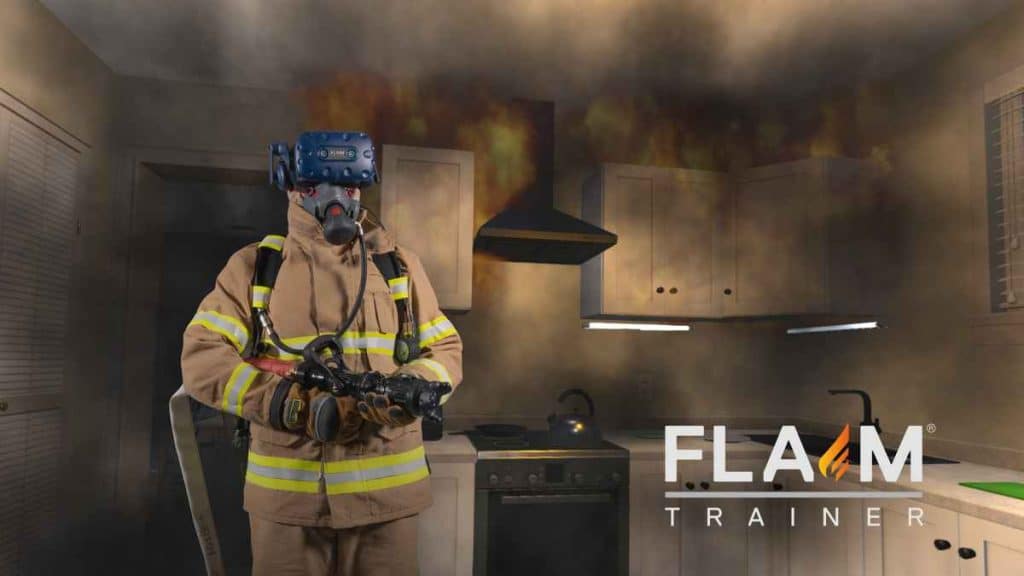In the world of firefighter training, the traditional landscape is changing rapidly. The breakthrough in technological advancements is not leaving this essential service behind. Today, the evolution from the historical methods of using controlled, real-fire situations for training to sophisticated, digital platforms is creating a revolution.
This revolution is forging a new path in the journey to becoming a seasoned firefighter. It’s a metamorphosis spearheaded by fire simulation technologies, such as the fire scenarios simulator.
Embracing the Digital Revolution
Before delving deeper, let’s take a moment to appreciate the changes in firefighter training. This shift is not merely about discarding traditional methods for shiny new gadgets. Instead, it is an acceptance of the limitations of traditional training, including the risks to personnel and the environment, as well as the increasing difficulty of acquiring permits for live fire training. The transition to advanced fire simulation technology promotes safety and efficiency while maintaining – and even enhancing – the quality of training.
Enter Fire Scenarios Simulators
The centrepiece of this technological revolution is the fire scenarios simulator – this tool provides a risk-free, immersive, and realistic training environment for firefighters. It uses advanced Virtual Reality (VR) technology combined with wearable devices to replicate the physical and mental stresses faced during a real fire.
The Benefits of Advanced Fire Simulation Training
Let’s dive into some of the transformative benefits that advanced fire simulation training offers.
1. Safety:
The most apparent benefit of using fire simulation technology is the enhancement of safety during training. Firefighting trainees can be exposed to a variety of situations without the risk of injury or loss of life that comes with training in actual fires.
2. Flexibility and Variety:
Fire simulation training can replicate a vast array of scenarios, from a small kitchen fire to a raging forest inferno. This flexibility allows firefighters to gain experience in handling a wide range of incidents before they encounter them in real life.
3. Cost-Effective:
Advanced technologies provide cost-effective solutions for training. They eliminate the expenses associated with setting up controlled burns, such as fuel, permits, and site restoration.
4. Environmental Impact:
By avoiding real burns, fire simulation training has a lower environmental impact. It’s an approach that aligns with global efforts to reduce pollution and promote environmental sustainability.
5. Data and Analysis:
Digital solutions allow for accurate recording and analysis of trainees’ performance. This invaluable data can help trainers identify areas for improvement and measure progress over time.
Looking Ahead
As the world continues to embrace technology, it’s thrilling to see how these advancements enhance essential services such as firefighting. The fire scenarios simulator and other advanced tools are transforming the way we prepare firefighters for their critical roles.
By using technology to overcome traditional training limitations, we ensure that our brave firefighters receive the comprehensive and practical training they need to perform their duties safely and effectively. And as technology evolves, we can expect this sector to continue innovating, continually pushing the boundaries of what’s possible in fire simulation training.

